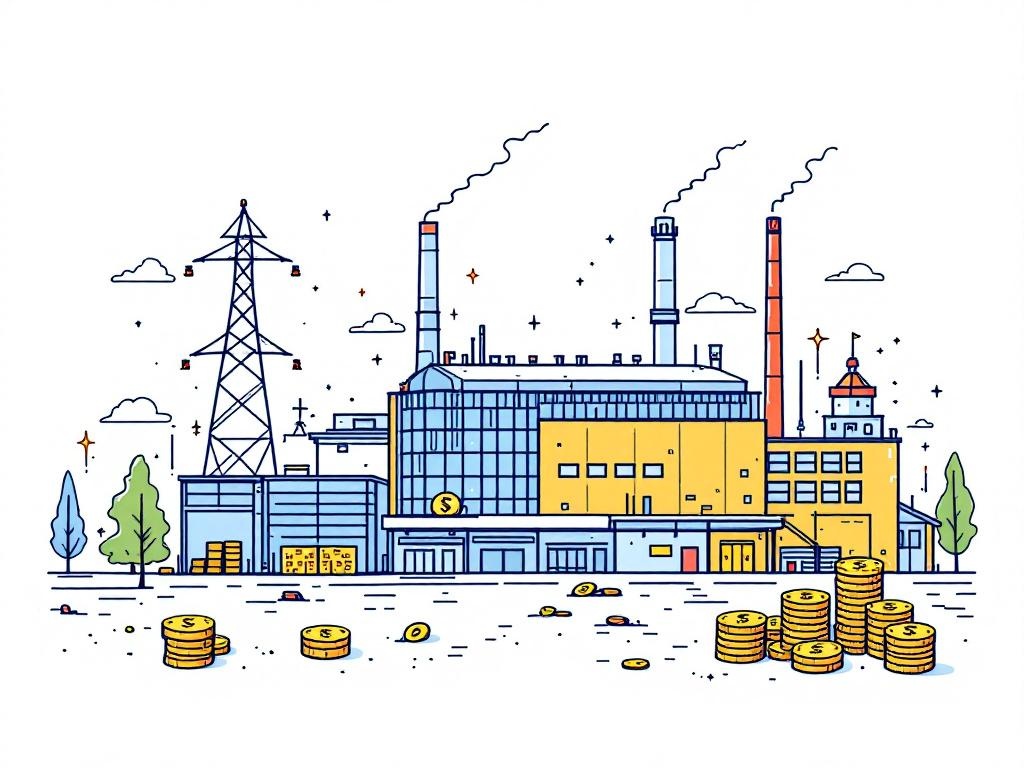AMAG Austria Metall AG Secures Innovative Electricity Deal for Canadian Smelter

Montreal, Friday, 4 July 2025.
AMAG Austria Metall AG enters a trailblazing electricity agreement for the Alouette smelter in Canada, securing long-term sustainable energy and setting a new standard in aluminum production.
Setting the Pace for Sustainability
On July 4, 2025, AMAG Austria Metall AG announced a pioneering electricity agreement for its Alouette smelter in Quebec, Canada. This strategic contract is designed to secure a long-term and sustainable energy supply, enhancing AMAG’s commitment to ecological responsibility in the aluminium production sector [1][2].
Details of the Electricity Agreement
The transformative electricity contract involves an agreement with Hydro-Québec, ensuring the supply of 1,035 megawatts (MW) of electricity starting from January 1, 2030, continuing through December 31, 2045. An additional 50 MW is earmarked to support future organic growth. This initiative represents a comprehensive risk-sharing approach, with electricity pricing tied to aluminium market rates and the Midwest premiums [1][2][3].
Economic and Environmental Impact
The Alouette smelter, strategically placed in Sept-Îles, Quebec, has an impressive annual production capacity exceeding 620,000 tonnes of primary aluminium, making it the largest smelter in the Americas. The smelter’s operations leverage hydroelectric power, promoting a low carbon footprint in line with global initiatives for environmental sustainability [1][4]. This contract aligns with AMAG’s broader strategy, which focuses on long-term sustainable growth and technological advancements in aluminium production [3][4].
Strategic Collaborations and Future Prospects
This agreement is a collaborative effort involving AMAG Austria Metall AG, Rio Tinto, and the provincial government of Québec, further strengthening bilateral economic ties. The new contract is expected not only to secure energy efficiency but also to position AMAG as a leader in sustainable aluminium production. This move forms part of a broader commitment to advancing renewable energy integration within operations by 2030, a milestone for the entire AMAG group [1][3][5].